Submariner Hero Grigory Shchedrin
Grigory Shchedrin was born in the city of Tuapse, in the Krasnodar Territory of Russia, in the family of an ordinary worker. Born by the sea, the boy loved him with all his heart. At the age of seven, he went to study, but life did not indulge him, and from the age of twelve he had to earn extra money at logging. In 1926, Grigory Jungi gets on the schooner "Dioscuria". That was the beginning of the naval career of the famous submariner.
In 1927, at the age of fifteen, he joined the Komsomol. In the next three years, Shchedrin not without success combined his studies and Komsomol work with sailing on the ships of the Black Sea Shipping Company as a sailor. At the end of the seven-year plan, he was sent to the Kherson Technical College. In 1932, Shchedrin graduated from it by becoming a navigator on the tanker Council of Miners. Navigation to various ports in Europe, Vladivostok, Cape Town gave invaluable experience to a young promising navigator. Two years later, Grigory Ivanovich was called to the navy. And soon his future was determined, his fate - he became a submariner. I had to quickly finish the command classes of scuba diving squads. In June, 1937 of Shchedrin, with the rank of lieutenant, arrived to serve on the submarine Shch-114 of the Pacific Fleet. The commander appoints him as his senior assistant. A year later, Grigory Ivanovich became the captain of W-110.
In the new position Shchedrin worked tirelessly. He learned a lot from others, learning the experience of submariners from various countries and fleets. For several years, the command of the submarine U-110 Grigory Ivanovich was akin to the crew. Countless kilometers passed the boat in the Far Eastern seas, visited dozens of bays, wintered twice over the ice edge. Perseverance and willpower of the captain brought deserved success - under his leadership, a solid team W-110 won six naval prizes, and in 1939-th came out on top in the entire Pacific Fleet.
When the war began, Senior Lieutenant Gregory Shchedrin was appointed commander of the C-56. In the autumn of 1942, his boat, in the composition of the other six submarines from the Pacific Fleet, performed unparalleled stories a diving trip to the Northern Fleet across three oceans and nine seas, having covered a path more than thirty thousand kilometers long across the entire war-torn world.
The transition from Vladivostok to the base of the Northern Fleet on the Kola Peninsula took about three months and it cannot be said that it passed without incident. Because of the worn out batteries, almost all the time the boat had to sail in the cruising position. In the Sea of Japan, a typhoon damaged the upper deck and superstructures of C-56, broke antennas, washed the walkways and poles. And as soon as the submarine went out into the Pacific Ocean, both engines stopped alternately. Submariners managed to launch one of them, and C-56 was able to get to Petropavlovsk. Later, arriving in the Aleutian Islands at the American base of Dutch Harbor, the crew learned of the death of the L-16, which went along with them along the indicated route. Facts indicate that the submarine sank the Japanese submarine I-25. However, there is a version that it could be Americans. On the morning of October 29, passing the Aleutian Trench, C-56 was hit by a torpedo near the central post. Fortunately, there was no explosion. It remains a mystery forever who hunted them that day. Having been near San Francisco, the submarine went to Panama. In the tropics of strong submariners tormented by unbearable heat. Engine bearings worked at the limit, the temperature of diesel engines jumped to + 55 degrees, the shell cellar warmed up to such an extent that at any moment it could explode, despite the fact that it was cooled with ice produced in the refrigerator. November 17 near the coast of southern California, our submarine was attacked by an unknown submarine. The watch sailor on time saw the trail of a torpedo, and the C-56 managed to get ahead at the very full speed. On December 6, the submarine ended up in the Sargasso Sea and on the third day hit the strongest tropical cyclone. The hurricane threw it sixty miles from the intended course, damaged the hull and tanks of the main ballast, flooded the shell cellar. Near Halifax, C-56 stumbled upon the Allied ships, which, having failed to identify the Russian sailors, almost shot them. Repair in the Canadian port took more than two weeks, then the submarine went to the Atlantic. During the transition, the C-56 crew almost did not have a chance to rest - the incessant storm did not let them rest, water appeared in the holds of the compartments, and Shchedrin, with a cold, had a fever. Only 11 January submarine out in the North Sea. After the next repair in Rosay, she went further, and on March 5, crossing the Arctic Circle, met an unknown submarine. Fortunately, the storm waves prevented the submarines from getting closer, and the enemy was soon out of sight. March 8 submarine entered the Kola Bay, set in front of GI. Shchedrin and his team task was completed.
The submarine was laid in the autumn of 1936, in Leningrad, delivered to Vladivostok and launched in December, 1939. In the course of the Great Patriotic War, the C-56 became the most productive Soviet submarine in terms of the number of reliably destroyed targets, although it was inferior in terms of the submerged tonnage of the C-13 (under the command of Marinesco) and L-3 (under the guidance of Grishchenko and Konovalov). In 1953, it became the first Soviet submarine to make a round-the-world voyage. In 1975, on the day of the thirtieth anniversary of the Great Victory, X-NUMX was installed as a ship-museum on the embankment of the Golden Horn Bay in Vladivostok not far from the building of the headquarters of the Pacific Fleet.
29 March 1943-C-56 went to perform its first combat mission. Having taken a designated position, the submarine began to search for enemies. Soon an enemy convoy of ten ships was found. Properly assessing the situation, Shchedrin realized that you can attack only with two stern torpedoes, since it was too late to turn around. To defeat he chose the largest German transport. Torpedoes reached the goal. It was the first victory of Grigory Ivanovich, it remained fixed on the film. The whole crew exulted. The security ships, finding the boat, immediately attacked her with depth charges. The sailors were thrown from the explosions along the walls of the compartments, the lights were flashing. But, having carried out a number of deft evasive maneuvers, the boat left unharmed.
C-56 continued searching for enemies. A few days later, the noise from the working propellers of the enemy ships was heard again. However, six patrol vessels and three transports discovered the boat when it was selected to strike. Give up the attack? No, it is not in the character of the sailors of our fleet. The captain made an extraordinary decision to go under the transport, having thus withdrawn from the patrol ships. The maneuver was a success, and a submarine appeared near another side of the transport, where it was not expected at all. An instant torpedo salvo and a ship with a displacement of eight and a half thousand tons went to the bottom.
Two attacks brought the submarine two victories, but this was only the beginning. In May, the C-56 set off on a second combat campaign. The boat found a German convoy consisting of a large tanker, transport and eight patrol ships. Torpedo attack led to the destruction of the tanker. The next hike took place on July 17. At Cape Sletnes, C-56 sank the patrol ship, severely damaging the minelayer. A couple of days later, the crew of a brave submarine replenished their account with two immediately sunk fascist ships. In the fifth campaign, the submarine was pursued for more than a day by a German patrol, dropping more than three hundred depth charges. Breaking away from it, the C-56 floated to the surface. And she was right in the middle of the enemy guard ships. They were saved only by lightning immersion and distracting torpedo attack.
In total, under the leadership of Grigoriy Ivanovich Shchedrin, the submarine made eight trips, sank a dozen ships, damaged four German ships. More than three thousand depth charges were dropped on the C-56. About seventeen times the fascists declared in the media about the liquidation of the submarine and the death of its famous commander, but she continued to fight, leaving the winner of the most seemingly hopeless situations. In combat trips, Grigory Shchedrin showed himself to be a gifted submariner with the best commanding traits: iron will, courage, and tactical acumen. His subordinates showed the best features of the Soviet naval sailors, features that are famous for the image of soldiers-guardsmen. This is determination in battle, perseverance in achieving the goal, and skillful possession of a trusted person. weapons, in conjunction with an unshakable faith in victory. All this was manifested in each of the bouts and brought the crew of the submarine difficult, but desired, victory.
Six times the team won various awards of our country. 31 March 1944, the submarine C-56 received the Order of the Red Banner, 23 February 1945-th she was awarded the title of Guards. Chest Shchedrin adorned the Order of Lenin, the Order of Nakhimov of the second degree, three orders of the Red Banner. November 5 1944 second rank captain GI Shchedrin received the title of Hero of the Soviet Union.
After the war, the Guards Red Banner submarine C-56 remained in the Northern Fleet and returned to the Pacific in the 1954. In recent years, it has been used as a training station. Several generations of future submariners trained in her compartments to fight for the survivability of the submarine, remembering the glorious past of this ship.
Grigory Shchedrin in the postwar years served in the Baltic. He graduated from the academic courses of the Naval Academy in 1948. In 1954, I successfully passed my final exams at the Military Academy of the General Staff. His further service was connected with the Kamchatka military flotilla, of which he was appointed 15 on November 1954. Shchedrin started 18 January of next year to fulfill his official duties.
During these years, Grigory Ivanovich not only headed the flotilla, but also was the head of the Petropavlovsk-Kamchatka garrison, as well as a member of the bureau of the regional CPSU committee and a deputy of the Kamchatka regional council. During the years of his command had a large flow of weapons and military equipment. 19 September 1953 of the year issued a resolution of the Council of Ministers of the USSR, according to which it was planned to place two hundred and seventy pennants in the main base of the military fleet located in Petropavlovsk-Kamchatsky by 1957. They consisted of minesweepers, patrol ships, destroyers, various submarines, landing craft, auxiliary vessels, torpedo boats. With the advent of new ships, and, consequently, an increase in the military, the housing issue came first. Homes for all military personnel and their families were sorely lacking. I had to build a lot of additional buildings. In 1958, in addition to title construction, G.I. Shchedrin firmly decided to build economic, or, as he himself expressed it, "hap-way", ninety four-apartment residential buildings. The fleet promised to help with building materials, but, as we often have, it didn’t go further than words. However, this did not stop Grigory Ivanovich, and he found a way out with the flotilla council. For this, I had to rely only on my own strength. The decision was this: while one group of soldiers and sailors built houses, the second brigade earned construction materials by their own labor at various construction sites in the city. Due to this, many buildings and residential buildings in Petropavlovsk-Kamchatsky were built with the help of fleet sailors. At the same time, it was decided to build a museum of martial glory.
For this construction, Shchedrin’s authorities reprimanded him. A financial inspector who arrived from Vladivostok accused Grigori Ivanovich of the non-title construction of a cultural institution. We must pay tribute to the courage and the will of the commander. Everything that happened did not frighten him or even stop him, they continued to build the museum. The collection of exhibits, as well as the construction, he kept under his own close supervision and 26 on July 1959 of the year, the Museum of Military Glory opened its doors to the first visitors.
But on this construction in the city is not over. In the shortest possible time, a three-storey hospital was built for the sailors of the flotilla instead of the incorrect, designed, as Shchedrin thought, two-storeyed. The hospital treated not only the military, but also ordinary, civilian people of the city. For such willfulness Shchedrin was again reprimanded.
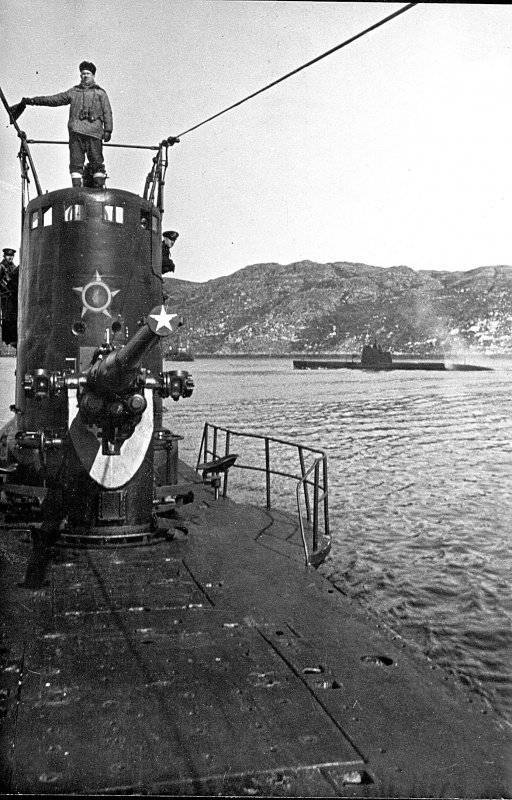
5 May 1959-th in Petropavlovsk-Kamchatsky, a natural disaster occurred. A strong earthquake destroyed the pier facilities of the flotilla, as well as many warehouses and barracks. Several people were injured, many families were left homeless. Officials allocated less than a third of the necessary funds for the restoration, the rest again had to be earned by the well-developed “Hap-way”. Naturally, the earthquake stung the city, several buildings were destroyed. Shchedrin could not circumvent this misfortune, at the military council, on his personal initiative, it was decided to help civilians in the restoration of earthquake-damaged urban buildings. Several construction crews of sailors went to work on the objects of the city.
Grigory Ivanovich was very smart, erudite and well read. In his free time, he thoroughly became acquainted with the history and culture of the peninsula entrusted to him, with the importance of sailors in the development and protection of the region. During his vacations in the 1958 and 1959 years, he was hiking in the most interesting places of Kamchatka. At the end of the summer, 1959, together with local historian Voskoboinikov, Grigory Ivanovich restored the Atlas cross. According to the drawings they presented, woodworkers made a new cross from Dahurian larch, which was placed on the bank of the Krestova River. At Shchedrin’s request, the Day of Commemoration of Fatherland Defenders was commemorated in the regional center. He also initiated the restoration of the third battery of A. Maksutov.
After many years of personal walking on various instances of G.I. In 1958, Shchedrin managed to achieve the assignment of sailor Pyotr Ilyichev to the posthumous title of Hero of the Soviet Union. Grigory Ivanovich personally wrote on the sailor award list and more than three years looking for the truth. 1 September 1958, his wish came true.
In 1959, Grigory Ivanovich's strong body began to falter. He had serious heart problems that caused him to be in hospital twice. In the end, the management raised the question of its translation. In the same year, before the New Year, he left Kamchatka, going to Moscow. There he entered the disposal of the Commander-in-Chief of the Navy. His new work was the leadership of the magazine "Maritime Collection".
Grigory Ivanovich's Peru has a rather voluminous series of historical essays published from 1959 to 1960 in several dozen issues of the Navy press “Battle Watch”. They were united under one heading - “Land of Kamchatka”. The stories covered the main events in the fleet from 1648 to 1855. In addition, Shchedrin is the author of the well-known books “Submariners”, “Onboard the C-56”, “Loyalty to the Oath”, “Under the Depth Bombs” and a number of others. In 1973, Grigory Ivanovich was resigned with honors, but he continued to cooperate with the Maritime Collection magazine, being a member of the editorial board until the last days of his life.
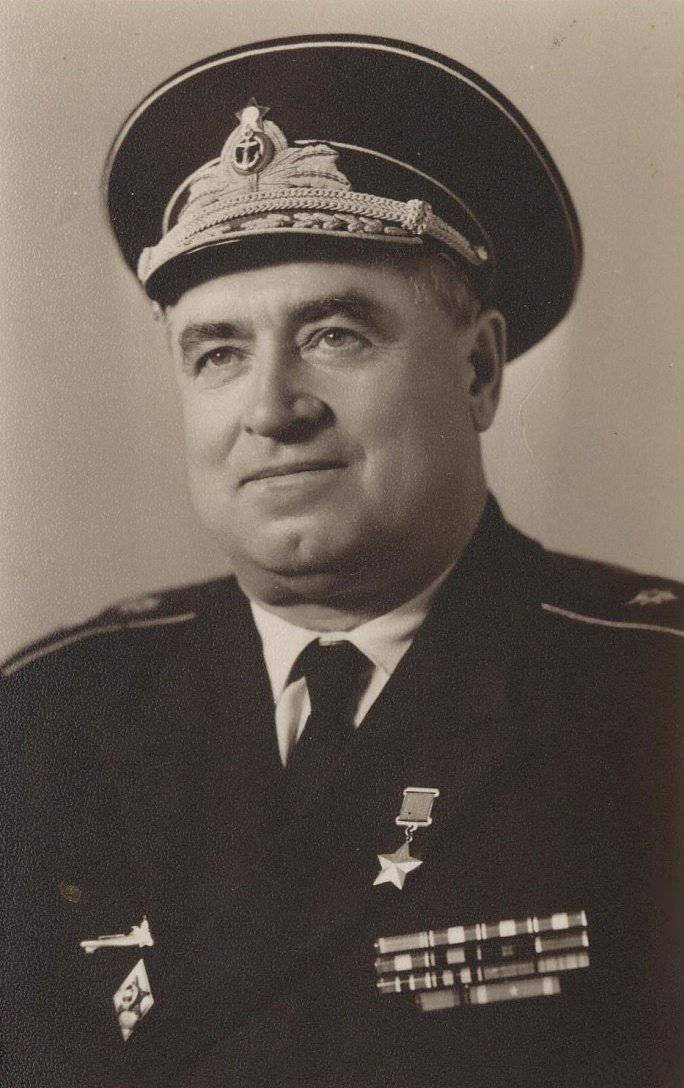
7 On January 1995, Grigory Ivanovich died. The ashes of the famous submariner, who devoted his whole life to the sea and his Fatherland, rest in Khimki cemetery in Moscow. Thanks to military sailors and war veterans of 1 on August 1990 of the year in Petropavlovsk-Kamchatsky, Grigory Shchedrin was awarded the title of Honorary Citizen of the city.
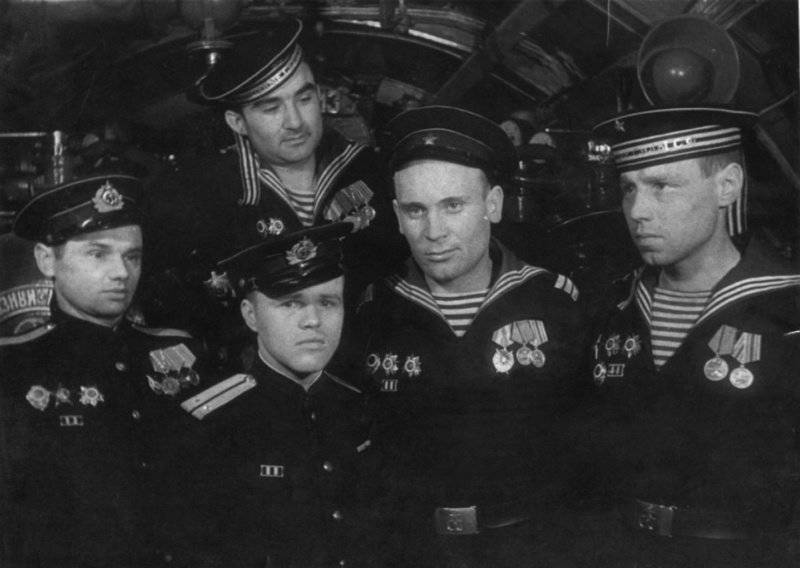
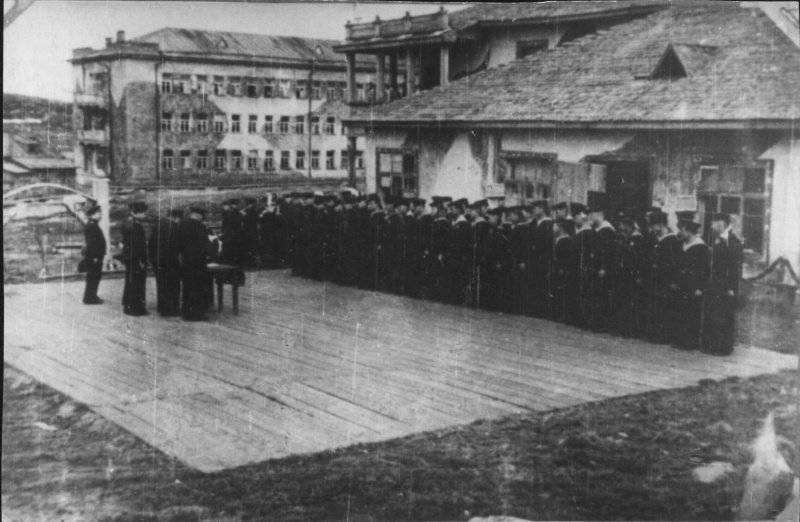
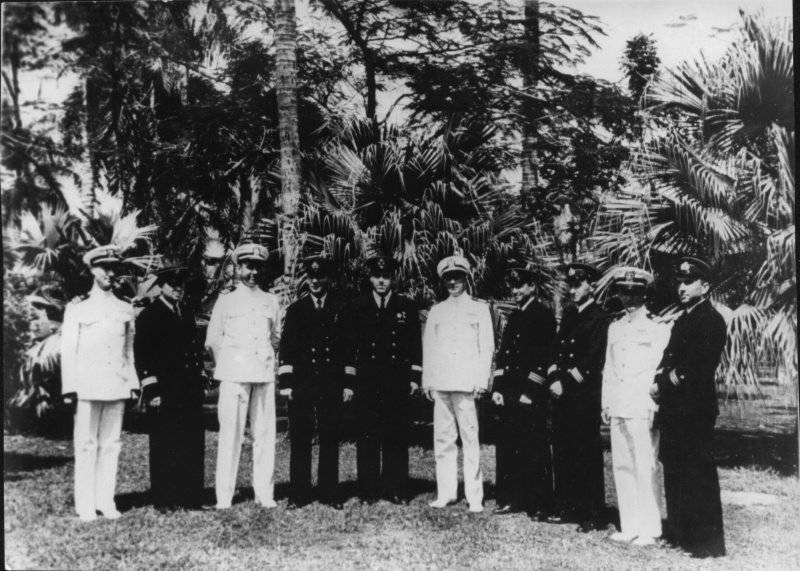
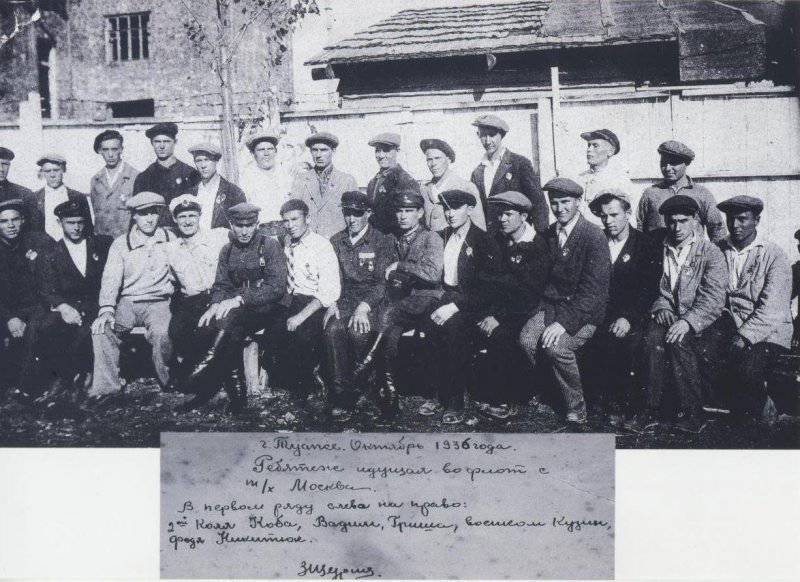
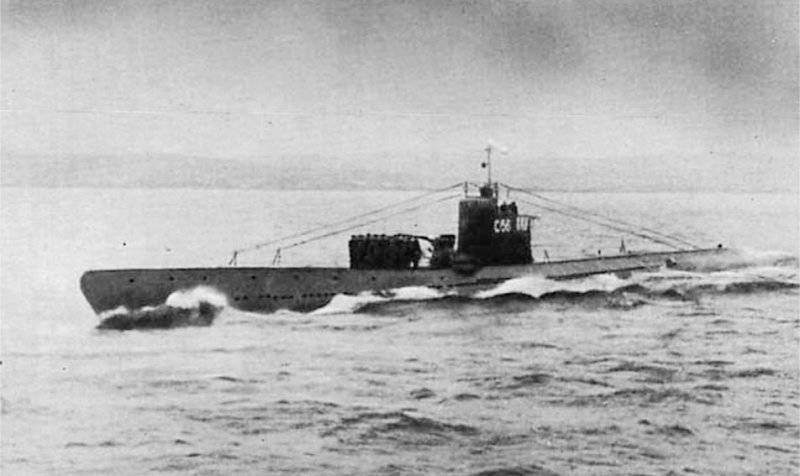
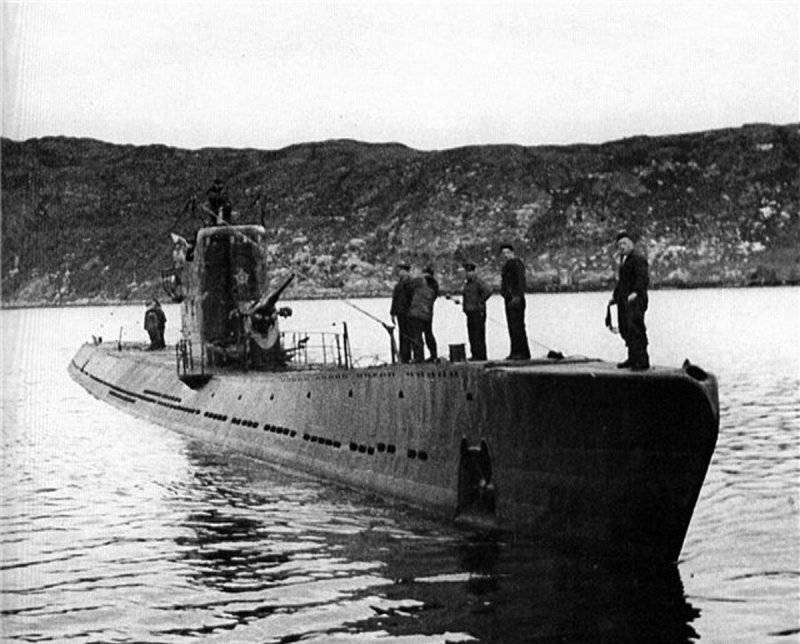
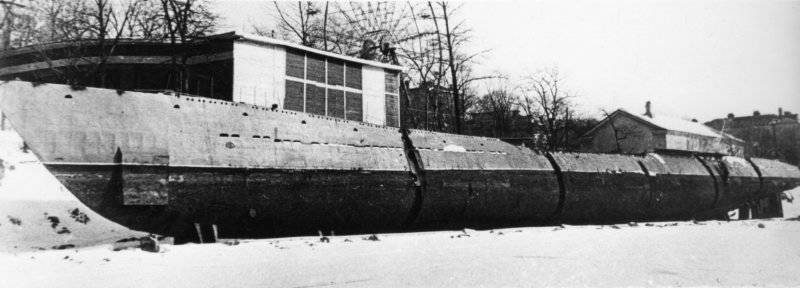
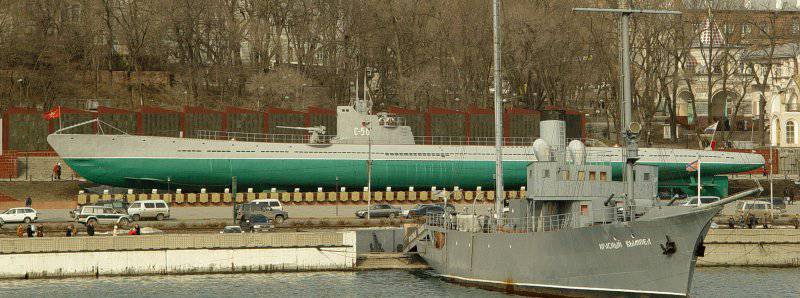
Information